Filter by category:
Filter by group:
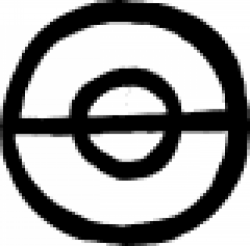 | Soap (alternate) An 18th century chemical symbol for soap. |
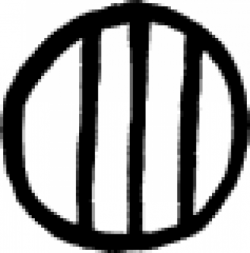 | Pedra do Ingá #1 A symbol carved on the famous Ingá Stone in northeastern Brazil. |
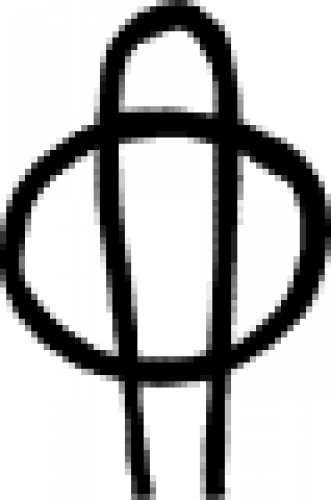 | Pedra do Ingá #2 A symbol carved on the famous Ingá Stone in northeastern Brazil. |
 | Painted Cave A symbol from the Painted Cave area near Santa Barbara, California, likely created by the Native American Chumash people. No contextual information known at this time. |
 | Glue (alchemy) A symbol used in alchemy to indicate glue. |
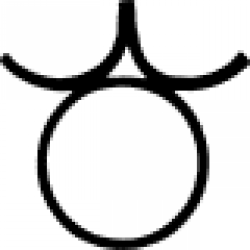 | Zinc (alternate #2) An alchemical symbol for the metal zinc. |
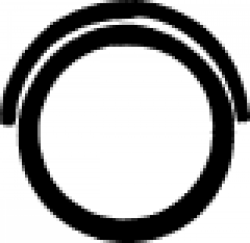 | Zinc oxide (alchemy) A symbol used to indicate zinc oxide in chemical practices of the 18th and 19th centuries. |
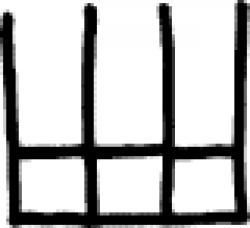 | Lascaux #1 France's Lascaux Caves are a rich repository of early artistic images. This symbol was found amidst depictions of animals, but no contextual information is known at this time. |
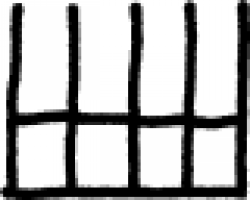 | Lascaux #2 France's Lascaux Caves are a rich repository of early artistic images. This symbol was found amidst depictions of animals, but no contextual information is known at this time. |
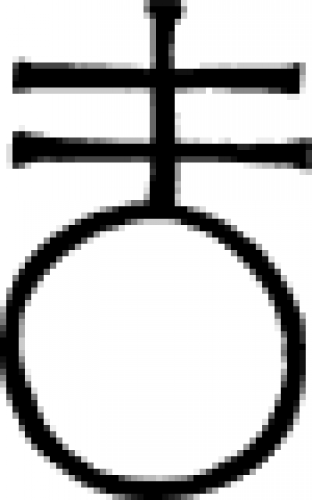 | Pulverize (alchemy) An 18th century chemical symbol used to indicate the process of pulverizing ("pulverisare") and the result of that process, powder ("pulvis") |
 | Mercurius sulphuratus This substance, represented here by an 18th century chemical symbol, is a compound of mercury, sulphur and cinnabar. |
 | Fuse (alchemy) An 18th century chemical symbol indicating the process of fusing, or melting things together. |
 | Haute-Garonne #2 A symbol discovered on the wall of the Marsoulas cave in Haute-Garonne, southwestern France. Although the image of a bison was portrayed below it, no contextual information is known at this time. |
 | Catal Hüyük This symbol was discovered at the site of Catal Hüyük, a Neolithic settlement in southern Turkey. |
 | Nitrogenous air (alchemy) An 18th century chemical symbol used to indicate nitrogen dioxide and other similar gasses. |
 | Quicklime (alchemy) An early chemical symbol used to indicate quicklime, also known as calcium oxide. |
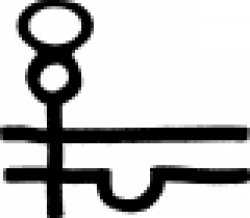 | White Precipitate (Alternate #2) Resembling a combination of the signs for Precipitation and Mercury, this alchemical symbol represents either of two insoluable compounds, Mercuric Amide Chloride (HgNH2Cl2) "Infusible white precipit… |
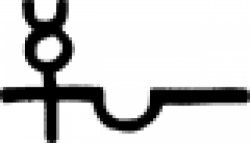 | White Precipitate (alternate #1) Resembling a combination of the signs for Precipitation and Mercury, this alchemical symbol represents either of two insoluable compounds, Mercuric Amide Chloride (HgNH2Cl2) "Infusible white precipit… |
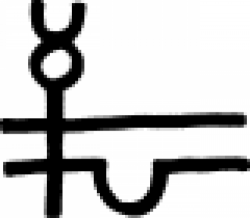 | White Precipitate Resembling a combination of the signs for Precipitation and Mercury, this alchemical symbol represents either of two insoluable compounds, Mercuric Amide Chloride (HgNH2Cl2) "Infusible white precipit… |
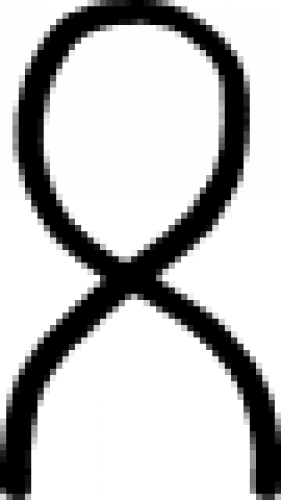 | Sal alcalinus (alternate #3) A symbol used in alchemy to indicate alkaline salt, which is composed of sodium and potassium. |
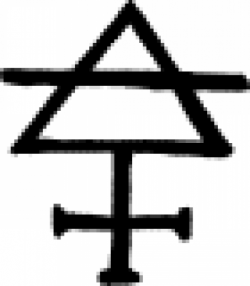 | Pyrophorus (alchemy) An 18th century chemical symbol indicating pyrophorus. |
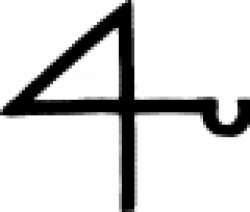 | Lye\alkali (alchemy) An alchemical symbol used to indicate lye. |
 | Mercury (alternate #5) An alchemical symbol used to indicate mercury and mercury-based compounds. |
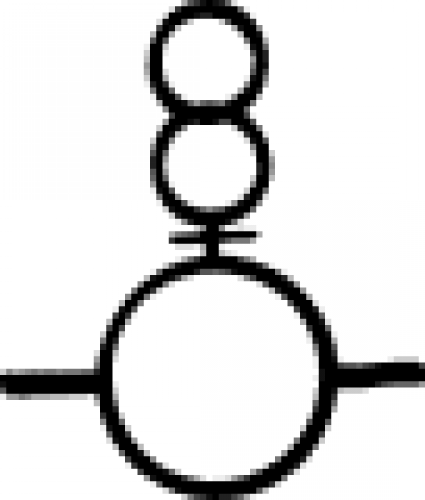 | White Precipitate (alternate #3) An early chemical symbol for the white powder created by putting corrosive sublimate in a solution of ammonia or sal ammoniac. |
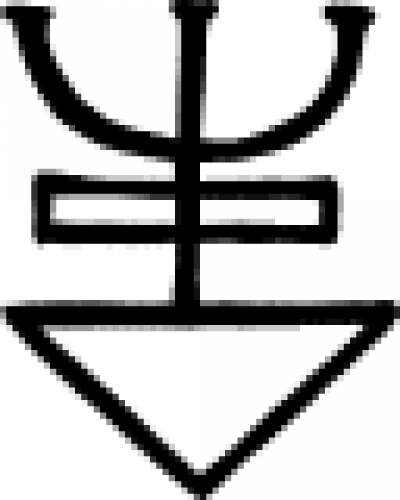 | Hepar terraepond (alchemy) An 18th century chemical symbol representing hepar terraepond, Barium Sulfide, "hepar" being Latin for 'liver', "terræpond" short for "Terra Ponderosa," the name of the first recognized ores of Bariu… |

